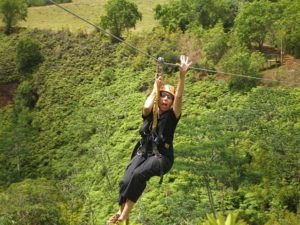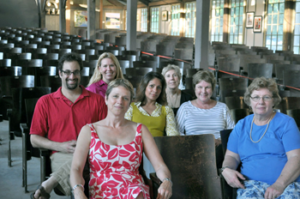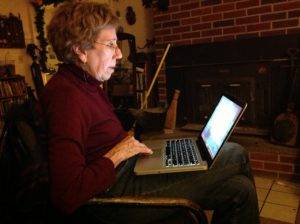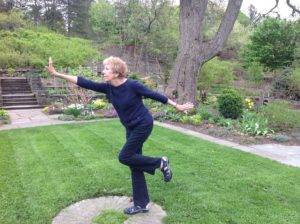Many people have asked me about my own history as a teaching artist, when I began, who shaped my initial thinking, and my first forays into this dynamic field. Without question, my practice continues to change and grow as I strive to learn from colleagues, mentors, writings by teaching artists, and workshops.
However, my core frame, my nutrient-rich context into which the seeds of all things are sown, is a gift from my mother, Barbara Lucia Adams.

Let me quote her. “I had a passion for theatre, but more importantly, I saw what it could do. I could see theatre was beyond just doing the plays, that it impacted people in their every day lives, that it was pretty magical and powerful. I saw that even when I was in high school. So I decided I wanted to teach theatre.”
My mother, a passionate, delightful, creative and dare I say somewhat mischievous person, got her Bachelor’s Degree in Theatre (with an emphasis on Children’s Theatre), with the additional majors of English and Psychology, although she says, “It wasn’t really like it sounds; some of the English and Theatre classes counted for both.” She also got a minor in Education and became certified to teach high school Theatre and English, and, at first, taught creative drama with 6-12 year olds for a summer program in Sterling, Illinois.
In truth, her own mother was an accomplished pianist (and quite the rabble rouser in her youth) who returned to teaching kindergarten when she was widowed. My mother was nine years old at the time, so the idea that arts and teaching, change, hard work, and delight all intersect was a part of her own growing-up.
My mother again: “Then I decided to get my Masters in Social Work so I could work outside the confines of an educational curriculum.” So she did, having to justify in an interview, why and how an undergraduate degree in Theatre prepared her to even enroll in an advanced degree in Social Work, let alone become an excellent social worker. She then got accredited by NASW, and licensed in New York state as a clinical social worker.
Into this context, I was born.

The mother I knew directed community theatre plays, did shows in hospitals for very sick children, and developed a use for puppets in her practice at a time when the phrases ‘Play Therapy’ and ‘Drama Therapy’ did not exist. She was about taking purposeful actions of empowerment and healing, always with a sense of social justice and social well being as an intricate part of emotional and physical wellness, so her practice was always activist as well as compassionate, often humorous, and taking no guff.
Although retired, she is still a force to be reckoned with, volunteering for projects that unify arts, community, and the well-being of children.
Is it any wonder that I believe the arts are how we process our lives, our most powerful tool and matrix for discovery and transformation—of self, other, and community, of paradigm and process, of social structures and values? I believe that art is how we really connect to and understand our world, each other, our communities, our learning, our living, our dying; art has the power to make us think and make us invest emotionally. Making art together makes meaningful change, and I am one piece of the conduit.
This paradigm has informed my seeking and growth as well as my practice: it’s not that I “bring” these ideas into a classroom, group meeting, arts activist project, clown therapy program, script or stage; they are where I come from.
Thanks, Mom.

